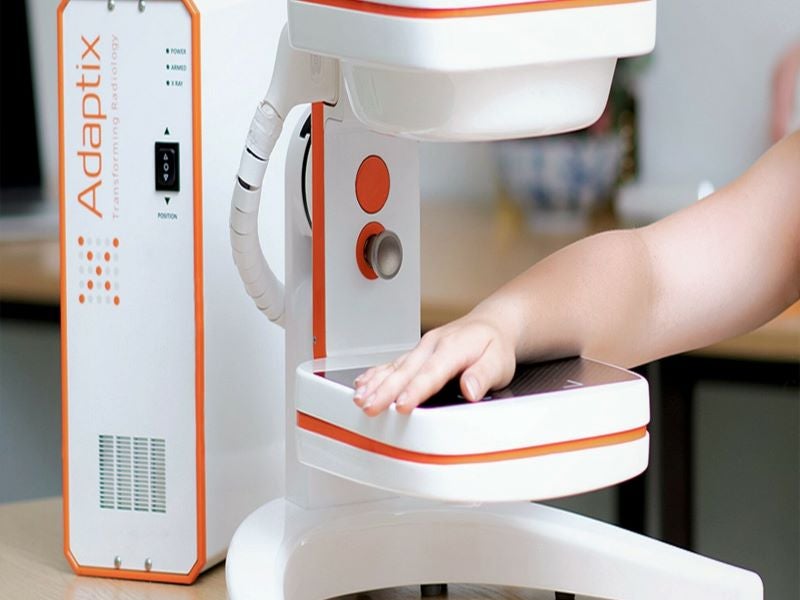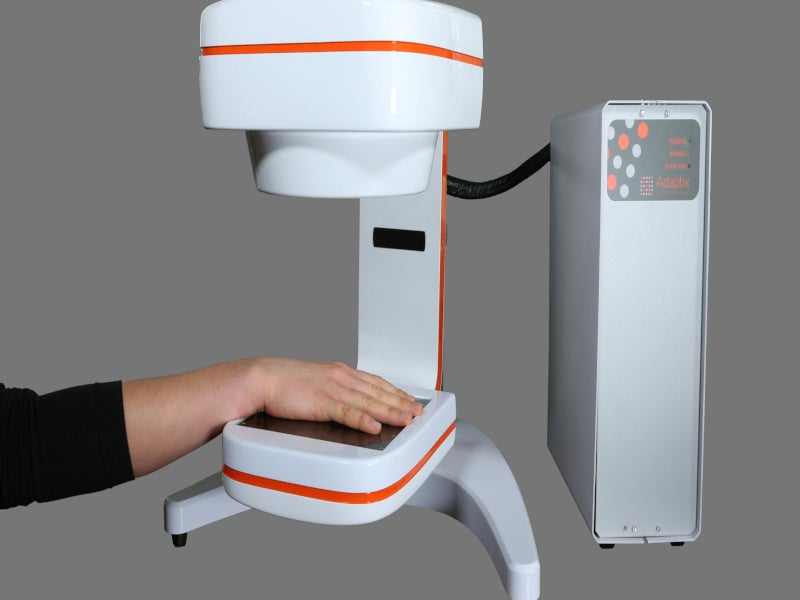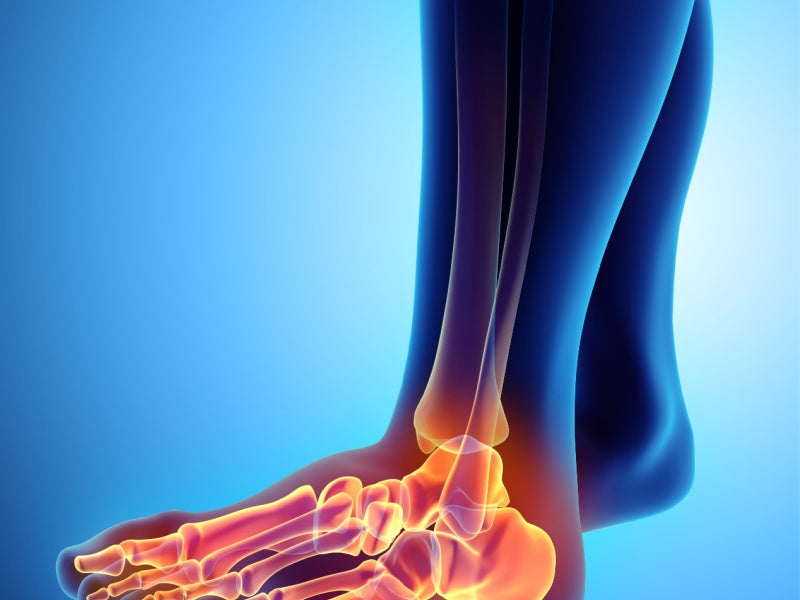Digital Tomosynthesis Orthopaedic imaging system is a portable, low-dose imaging system developed by Adaptix, a medical imaging technology company based in the UK. The device is designed to offer fast, point-of-care 3D X-ray imaging of the hands, elbows and feet at low costs.
In July 2022, Adaptix submitted a 510(k) application to the US Food and Drug Administration (FDA) for the Digital Tomosynthesis Orthopaedic device. The product received marketing clearance in the US in January 2023.
The European Space Agency (ESA), as a part of the ESA Business Applications project, and Innovate UK, the UK’s national innovation agency, have also supported the project.
Benefits of digital tomosynthesis system over computer tomography
The Digital Tomosynthesis (DT) imaging system is designed to deliver fast X-ray imaging at the point of patient care at lower radiation doses and per-study expenses than is possible with traditional computer tomography (CT) systems.
Although CT provides a more sensitive 3D image, it is expensive and needs more time and radiation dosage for the patient. In addition, access to CT is limited in certain countries and locations, which can delay diagnosis and extend travel for the patient.
Digital Tomosynthesis Orthopaedic imaging system design and features
The DT system uses a conventional X-ray tube, which is moved through a range of angles to acquire 3D data from the patient’s region of interest. It provides clearer images to the clinicians than 2D X-ray systems in fewer acquisitions, expediting the patient workflow and improving diagnostic accuracy.
The DT Orthopaedic imaging system is equipped with an innovative distributed Flat Panel X-ray Source (FPS). This makes the device’s design more compact and reduces its development costs, allowing more patients timely and easy access to low-dose 3D imaging.
The optimal calculation of a DT volume in digital imaging and communications in medicine (DICOM) format is ensured by the complementary reconstruction algorithm, which was developed in partnership with the University of Oxford.
Details of Adaptix’s Flat-Panel X-ray Source
The FPS is composed of an array of cold cathode field emitters, sealed into a unit together with a power supply. Each field emitter generates X-rays in the form of a cone. The emitting X-rays cover multiple angles, which allows depth information to be acquired through tomosynthesis.
Adaptix’s FPS uses a rectangular array of emitters instead of a line. This enables the development of low-cost, smaller footprint, higher performance DT devices that are compact enough to be employed at the patient’s bedside. The technology is complemented by the application of novel image reconstruction techniques, which enable rapid partial analysis and the adjustment of slice thickness over regions of interest.
Marketing commentary on Adaptix
Based at Oxford University Science Park, Adaptix is a partner company of Avingtrans that focuses on developing innovative 3D imaging technologies. It aims to transform radiology by offering affordable, low-dose 3D imaging.
Adaptix also offers services to the veterinary and industrial markets using its new and patent-protected technologies. It has around 20 patent families, with more than 150 filed patents protecting the development of its FPS and its applications for 3D imaging.
The company has a research and development facility at Begbroke Science Park of Oxford University. It has state-of-the-art facilities at Rutherford Appleton Laboratory on the Harwell Science and Innovation Campus, which is the UK’s national scientific research laboratory operated by the Science and Technology Facilities Council (STFC).
Adaptix is collaborating with the National Physical Laboratory (NPL) to evaluate the performance of the Digital Tomosynthesis Orthopaedic device. Other partners include Oxford University and the Cockcroft Institute.




